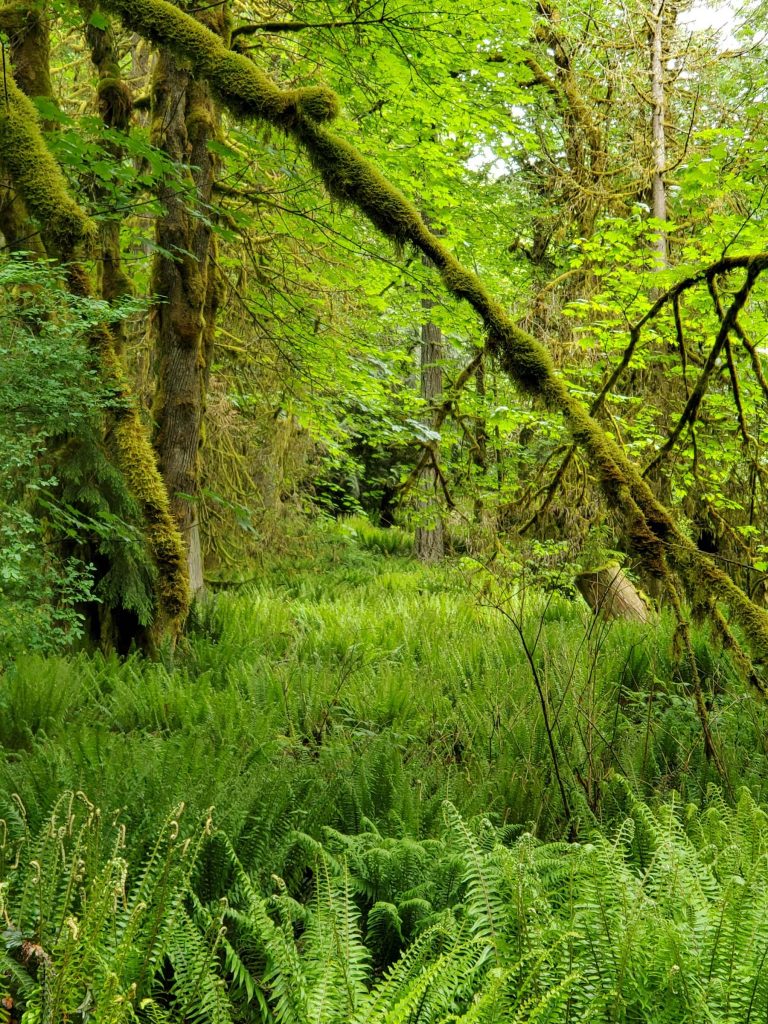
Purchase Of Former Alpaca Ranch Near Tenino Hailed As Future State Wildlife Area
THE FOLLOWING IS A JOINT PRESS RELEASE FROM THE WASHINGTON DEPARTMENT OF FISH AND WILDLIFE AND THE CONSERVATION FUND
Today, The Conservation Fund announced its purchase of the 1,567-acre Tenino ranch just west of the City of Tenino, Washington. This acquisition is a critical step to establishing the Washington Department of Fish & Wildlife (WDFW)’s future Violet Prairie Wildlife Area Unit.

The Conservation Fund is a nationally recognized nonprofit that focuses on land conservation that makes both environmental and economic sense. The Conservation Fund will work with WDFW and hold the Violet Prairie property until adequate funding is available for the ultimate purchase, long-term management, and protection of this important habitat.
“Beautiful and ecologically-rich ranchlands like this one face high threats of development,” said Gates Watson, northwest director of The Conservation Fund. “Our purchase of the property helps eliminate that threat, while buying time for WDFW to secure the funding needed for its ultimate protection of the land. We’re thrilled to be aiding in this effort and are excited for the opportunities the future wildlife area unit will bring to the community.”
In the short term, the property will remain closed until appropriate provisions are made for public use. When the property is eventually open as a wildlife area, it will support public recreational opportunities such as hiking, hunting, and wildlife viewing. The new unit will be managed as part of the Scatter Creek Wildlife Area.

“Our mission is to conserve land and water for people and wildlife in Washington,” said Larry Phillips, Coastal Region Director at WDFW. “We are fortunate to have a strong partnership with The Conservation Fund to make this land acquisition possible, and we are thankful for the collaboration and support from Thurston County, the City of Tenino, and the Thurston Economic Development Council. We look forward to opening this beautiful property to public access in the coming years.”
Phillips said protection of the Violet Prairie property is a high priority for the state due in part to its unique habitat features. Its makeup of Puget lowland prairies, wet prairie-oak woodlands, riparian areas, and conifer forests provides habitat for various wildlife, including the federally threatened Mazama pocket gopher.

The partners are appreciative of Dr. William Barnett, the former landowner, for his commitment to keeping his land conserved. Dr. Barnett said, “I would like to thank Troy Dana of Fay Ranches for his extraordinary effort working with The Conservation Fund and many others to get this done. I am pleased we were able to preserve this unique property for generations to come.”
Fay Ranches’ dedication to conservation for nearly 30 years has guided efforts to conserve land as agricultural ground as well as quality fish and wildlife habitat coast to coast. “This was a great outcome for both The Conservation Fund and Dr. Barnett,” said Troy Dana, Fay Ranches Principal Broker of Washington.
———————————————————————————————————-
Editor’s note: For the time being, the former ranch turned The Conservation Fund property is off-limits to public access, but I followed up with WDFW’s Rachel Blomker on what the agency’s plans for future hunting opportunities were – deer? another pheasant release site?
Here’s what Blomker said:
“We are looking to offer hunting opportunities at this site when we eventually open it to the public.
“Keep in mind that there are several things that need to be accomplished before the property opens – For example, we need to identify parking areas, install signage, etc. We want it to be a positive experience for visitors and avoid traffic jams!
“This year, we will work with the Scatter Creek Wildlife Area Advisory Committee to do short-term and long-term planning for the future wildlife area unit following the wildlife area management planning framework. With the addition of this unit, we will likely be seeking more people to serve on the advisory committee.
“Eventually when the unit opens to the public, there will be hunting opportunities – but at this point, there are no plans for this to be a pheasant release site.“
